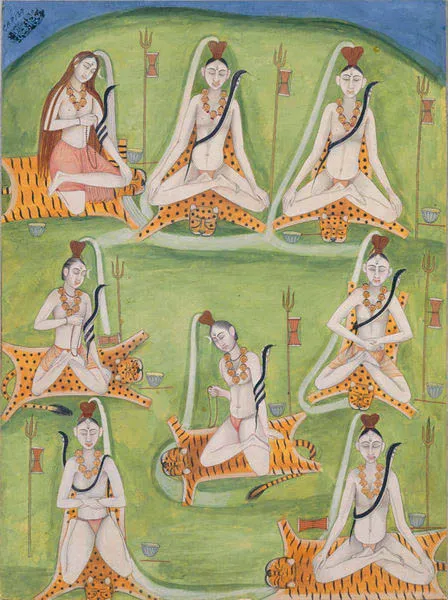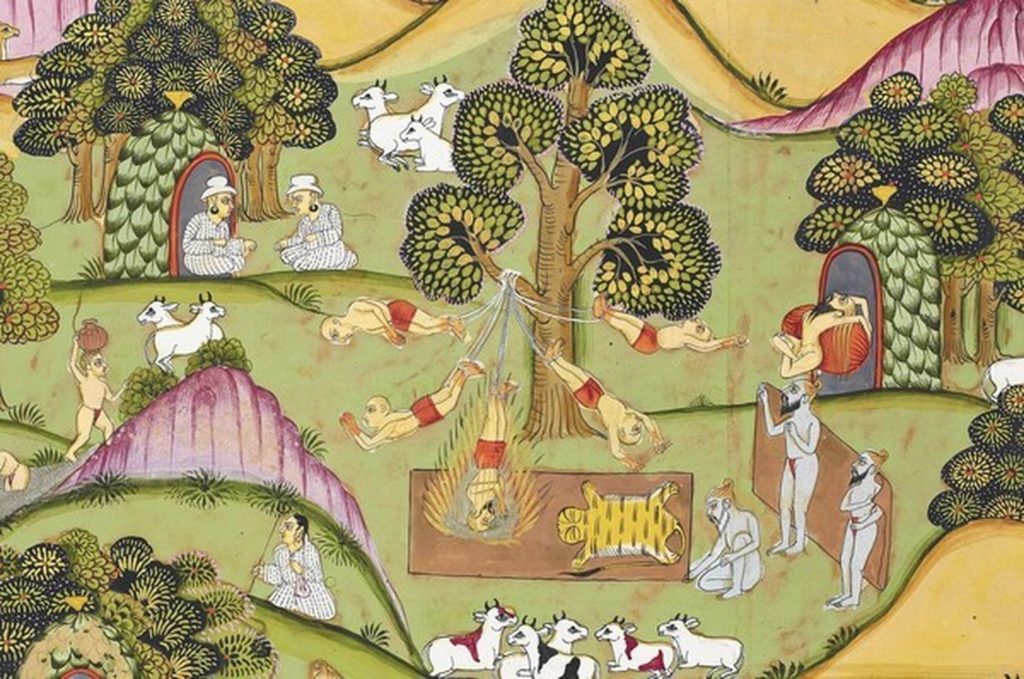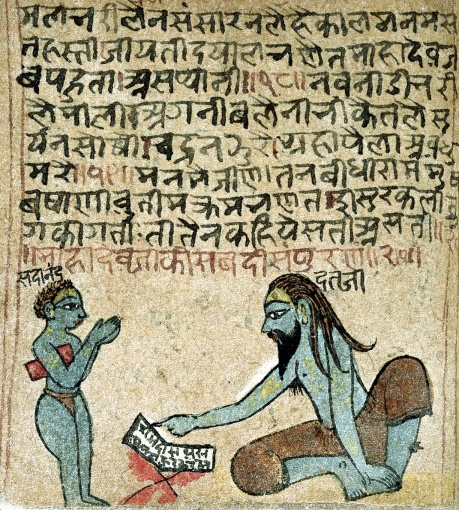

WHAT IS YOGA ?
The English word ‘yoke’ is related to the word ‘yoga’ and the meaning of that word conveys something of what the word ‘YOGA’ originally meant.
Hitching, or yoking, the energy of the individual to the energy that pervades the universe, gives a better idea of the traditional meaning of ‘yoga’. If we accept this idea of yoga, then the question arises: ‘How do we do this? How do we yoke ourselves to that universal energy?’
THE TWO PATHS
There are two principal paths to this ‘yoga’, Ramana Maharshi used to say. First, there is the path of enquiry –JNANA YOGA -, of examining the nature of the individual, of exploring the idea of individual identity. And the other path is the path of surrender – BHAKTI YOGA -, of active surrender to the universal energy.

WHAT IS JNANA YOGA ?
the path of enquiry
This path is encapsulated in the relentless formulation of the ‘Who am I?’ question all through life, in the many different circumstances that we find ourselves in.
When we ask ourselves this question seriously, theimmediate response is that one is the body. A little reflection suggests that this answer is not very satisfactory.
A disabled person suffers from no loss of identity through this loss of ability: individual identity goes beyond the body.

WHAT IS BHAKTI YOGA?
the path of surrender
If you, however dimly, realize that you are part of the Universal energy, throughout your existence, through wakefulness, dream, and sleep, then you are well on thepath to Yoga. This is the path of surrender, of bhakti.
When we cannot control the course of events – we involuntarily surrender. When faced with an earthquake, an accident, or a terminal disease, we involuntarily surrender to the universal energy and there is a moment of yoga.